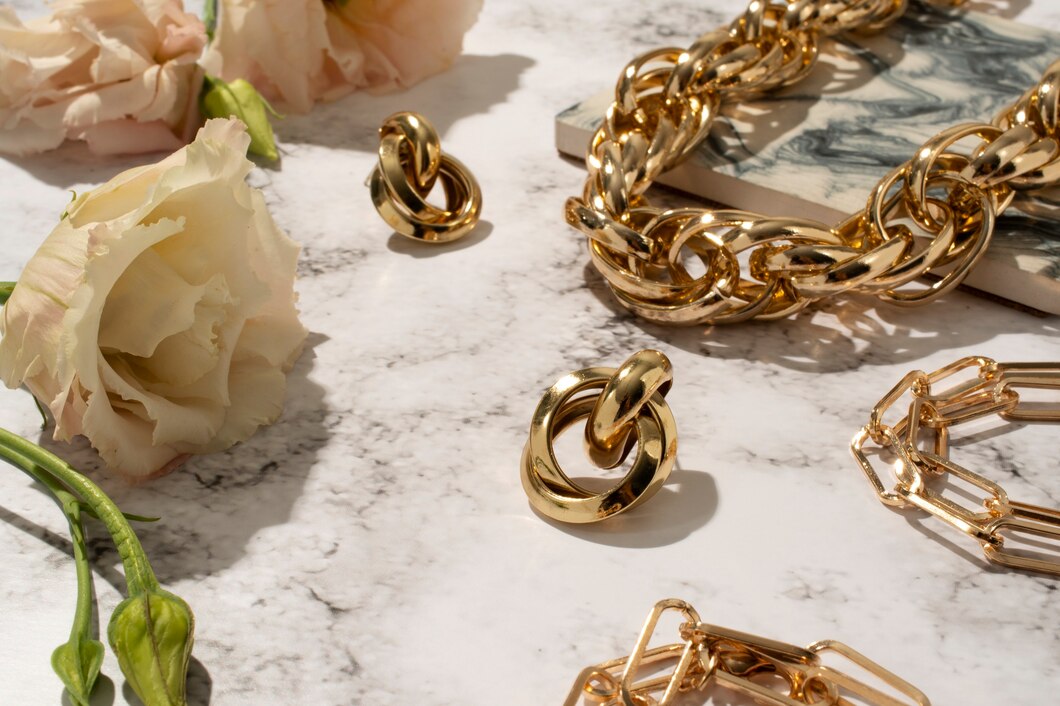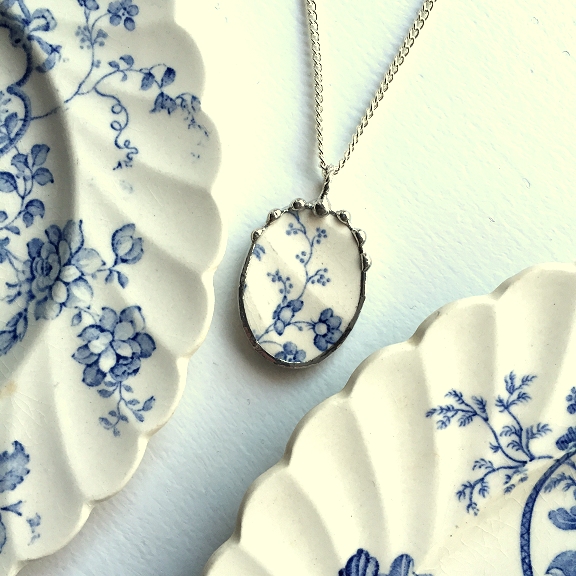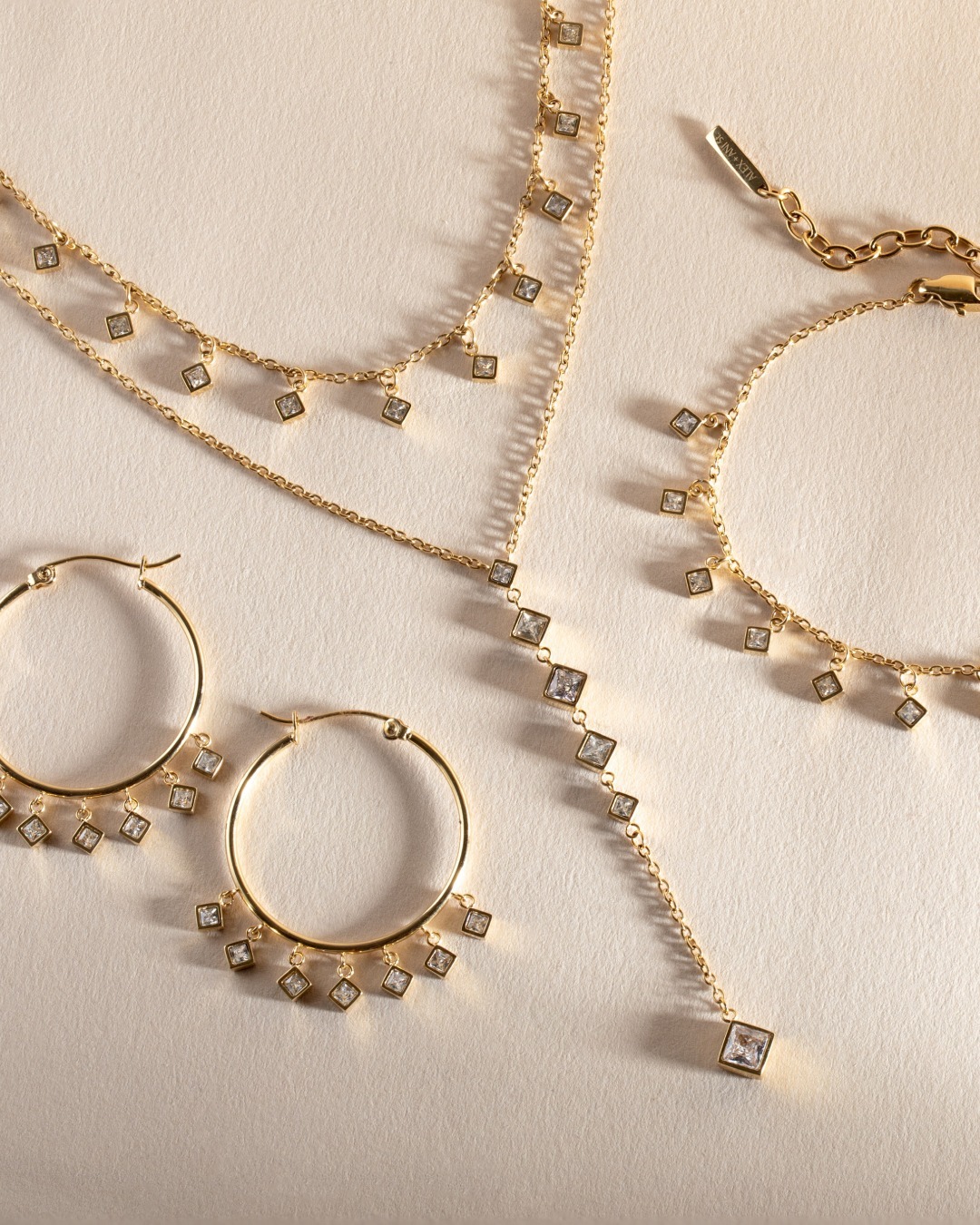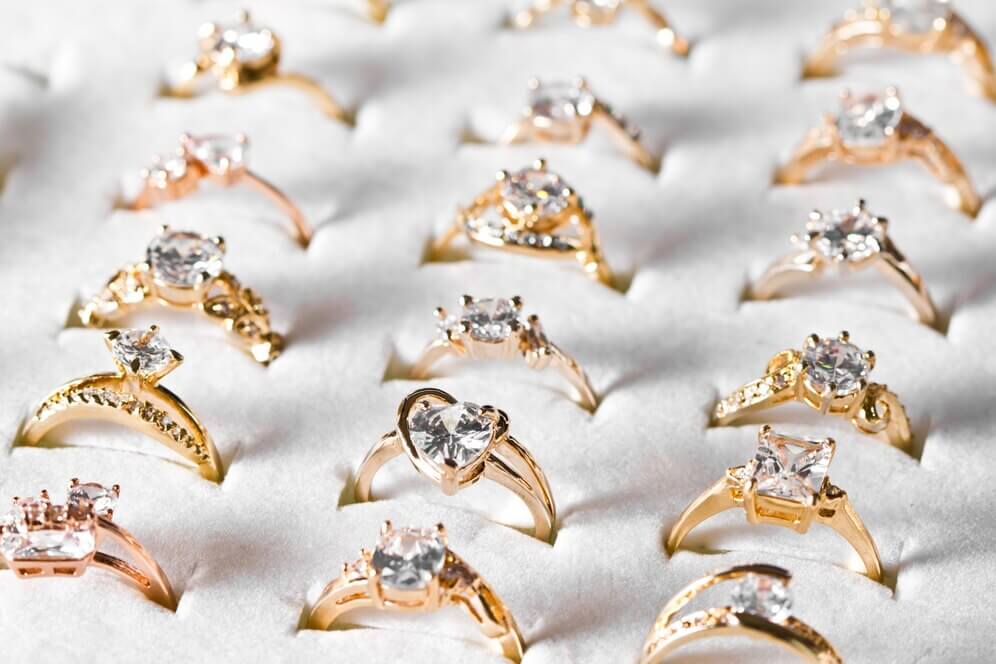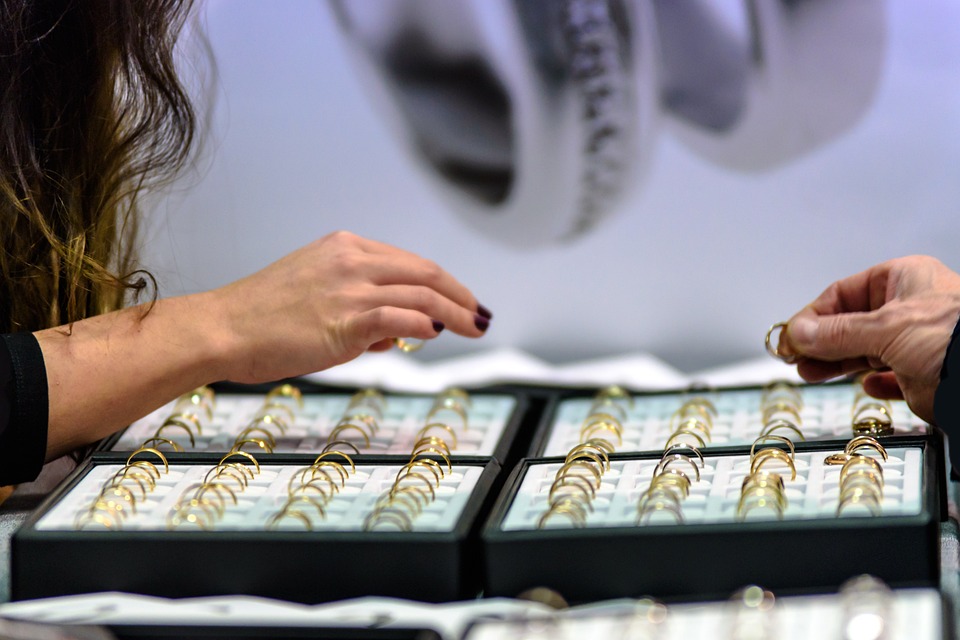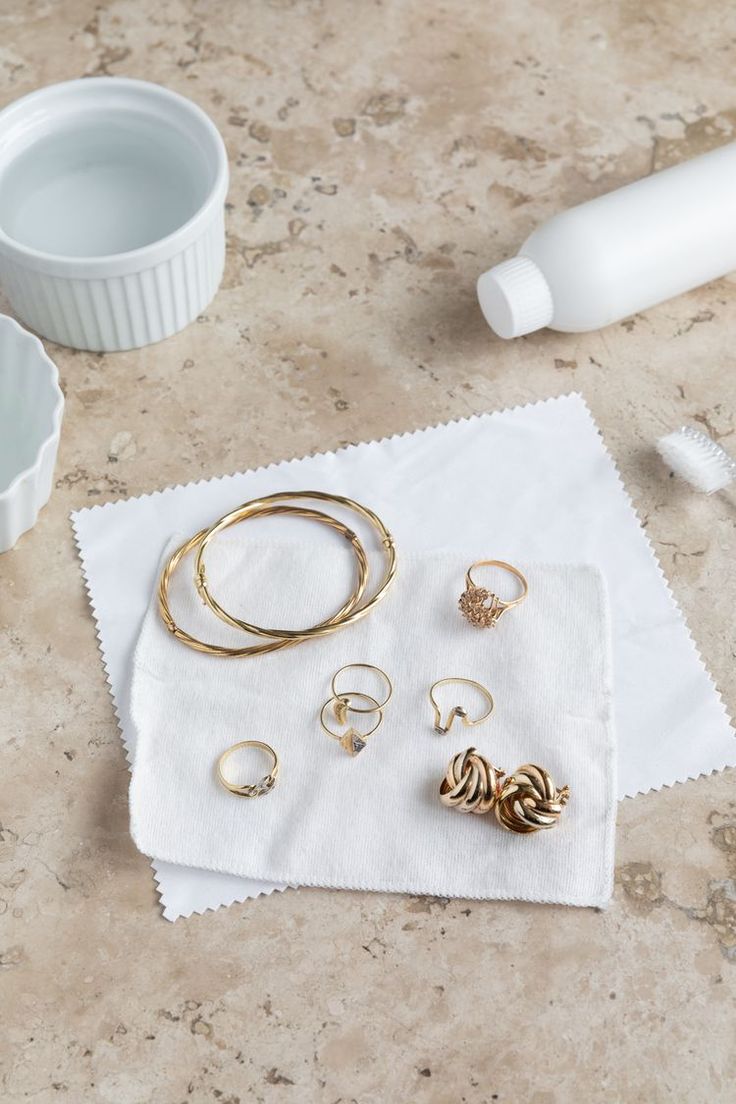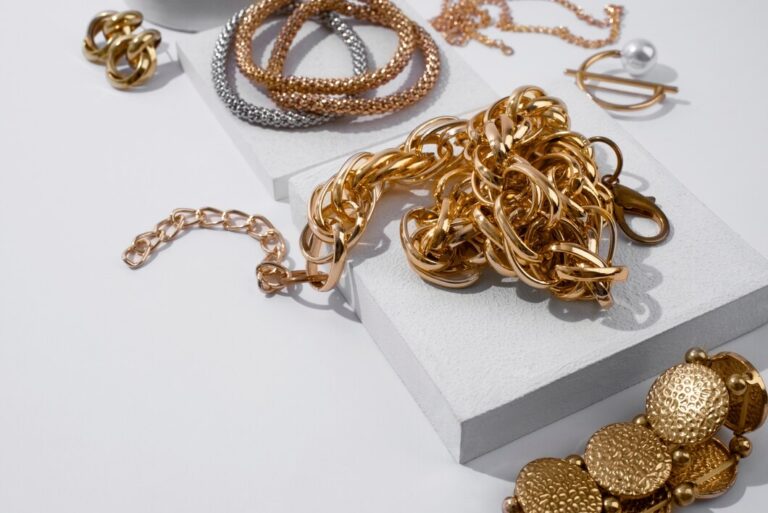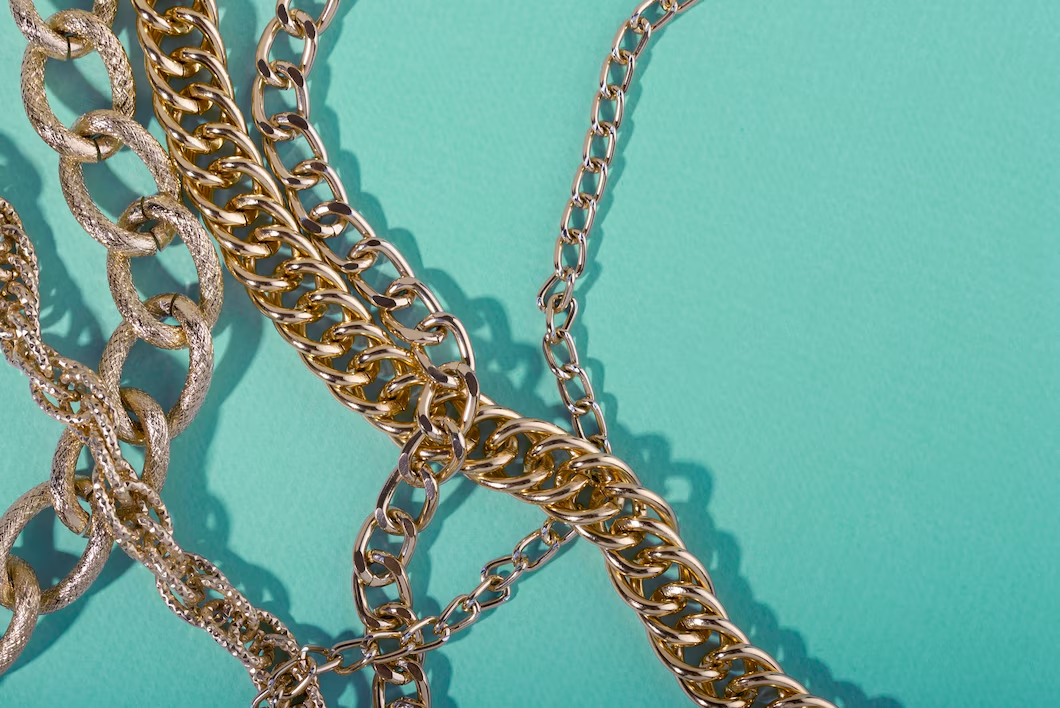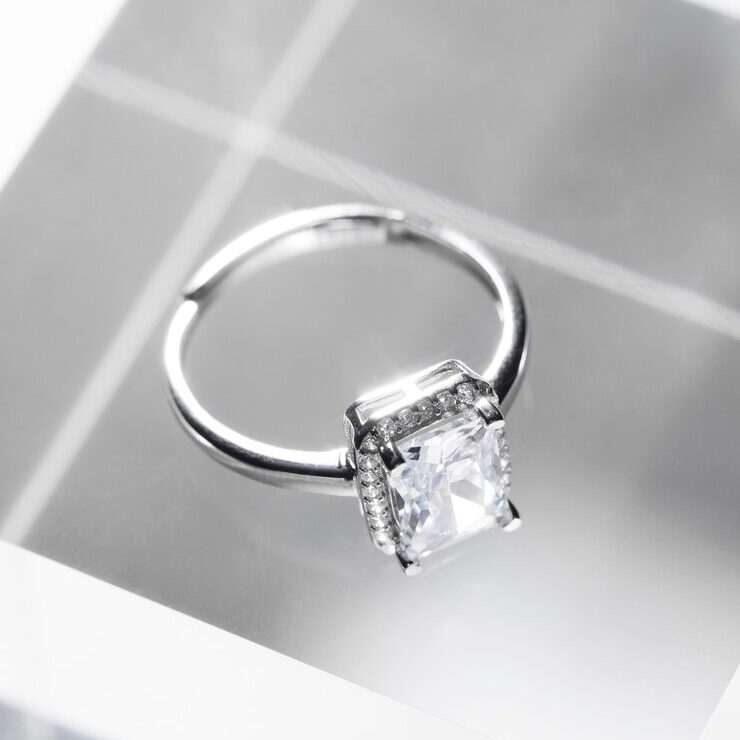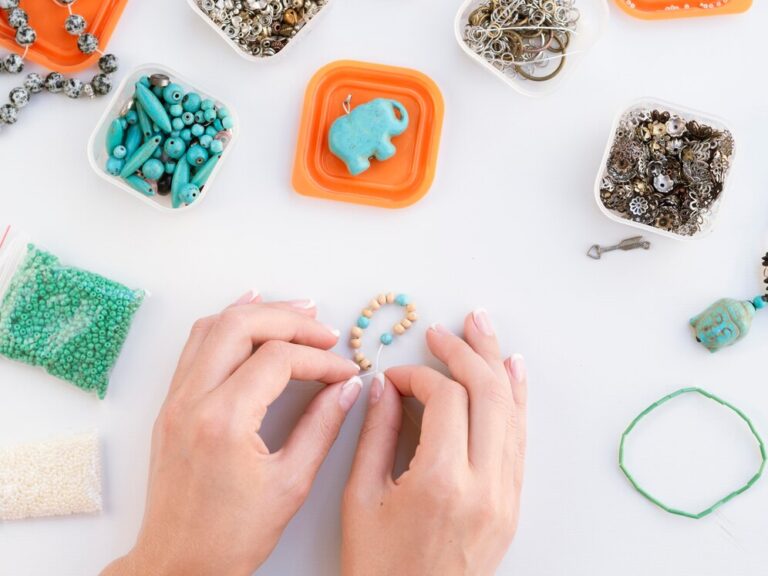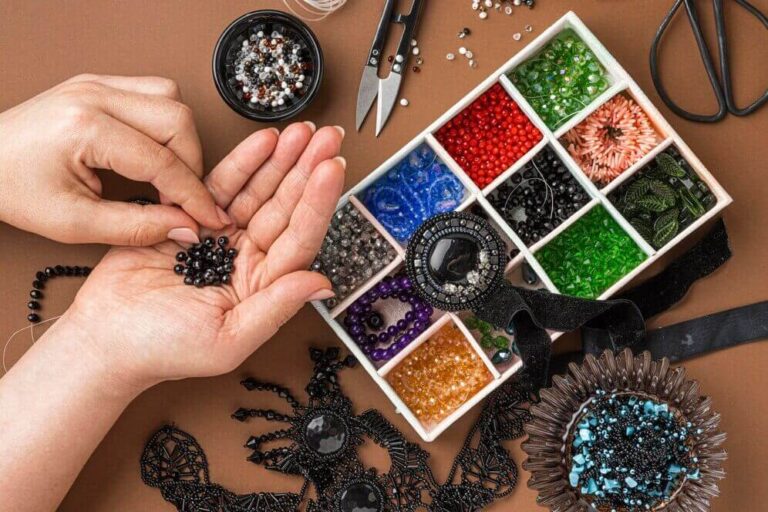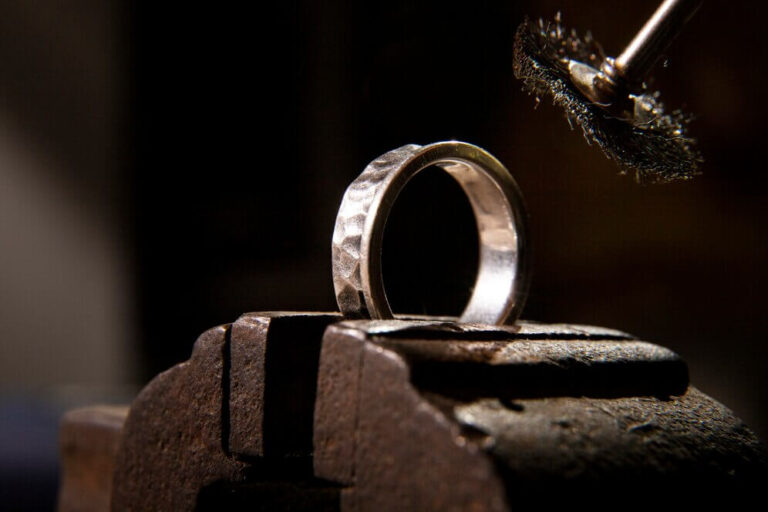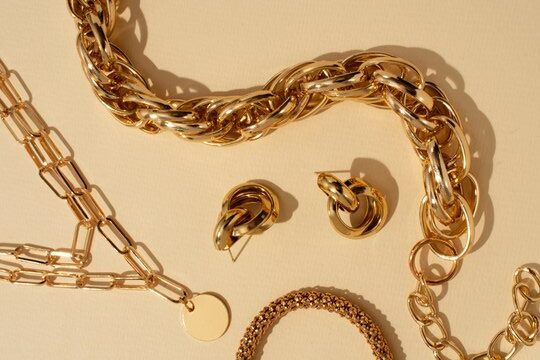
Gold jewelry has long been a symbol of luxury, elegance, and timeless value. However, with so many imitation and gold-plated options on the market today, knowing how to tell if jewelry is real gold can be a challenge. Whether you’ve inherited a family heirloom, bought a piece from a market, or simply want to verify the authenticity of a beloved item, there are several quick and easy tests you can perform at home to determine if your jewelry is made of genuine gold. In this article, we’ll walk you through some practical methods to help you identify real gold jewelry without needing expert tools or expensive services.
How to Tell if Jewelry Is Real Gold
1.Perform the Float Test
The float test is another quick and easy method to check if jewelry is real gold. Gold is a dense metal, so when dropped in water, it will sink straight to the bottom. To perform this test, simply fill a glass or bowl with water and drop the piece of jewelry into it. If the jewelry floats or hovers near the surface, it’s likely not gold. However, if it sinks to the bottom without hesitation, you are probably holding real gold. While this test can be helpful for small jewelry pieces like rings or bracelets, it’s not always reliable for larger or more complex designs.
2. Use a Magnet to Test for Authenticity
Gold is a non-magnetic metal, which makes the magnet test a simple yet effective way to tell if your jewelry is real gold. Take a strong magnet (like a refrigerator magnet) and move it near the jewelry. If the piece is attracted to the magnet, it’s likely not made of real gold. Many other metals, such as iron or nickel, are magnetic and can be found in gold-plated or costume jewelry. However, if the jewelry does not respond to the magnet, it’s a good sign that it may be genuine gold. Just keep in mind that some non-gold metals, like copper, can also be non-magnetic, so this test is not foolproof on its own.
3. Check for a Hallmark or Stamp
One of the easiest ways to determine if jewelry is real gold is by looking for a hallmark or purity stamp. Authentic gold jewelry is often stamped with a symbol or number that indicates its karat weight. For example, you might see marks like “10K,” “14K,” “18K,” or “24K,” which refer to the gold content of the jewelry. A stamp with these numbers tells you that the piece is made of solid gold, though the higher the number, the purer the gold. In addition to karat marks, you may also find markings from the jewelry manufacturer or an assay mark, which further guarantees the authenticity. If there’s no stamp, or it looks worn off or unprofessional, the jewelry may not be real gold.
4. Try the Acid Test
The acid test is one of the most reliable ways to determine whether jewelry is real gold. Jewelers often use this test to identify the authenticity of gold. To conduct the acid test, a small scratch is made on the surface of the jewelry, and a drop of acid is applied to the scratch. The acid reacts differently to different types of metals. If the acid causes a color change or discoloration, it means the jewelry is not real gold. However, if the metal remains unchanged and the color stays consistent, it’s likely genuine gold. While this method gives accurate results, it can damage the jewelry slightly, so it’s typically best done by a professional or someone experienced with the procedure.
5. Test the Weight and Feel
Gold is a heavy metal, so real gold jewelry will feel significantly heavier than similar-sized pieces made from other metals. If you’ve ever handled gold before, you’ll notice that it has a substantial feel in your hand compared to other materials. You can compare the weight of the piece with another item of similar size but known authenticity. This can give you a rough indication of whether your jewelry is made from genuine gold. While this method isn’t foolproof, it can provide you with a good sense of the authenticity of the piece, especially when combined with other tests.
Conclusion
Determining how to tell if jewelry is real gold doesn’t have to be a complex task. By using a combination of simple tests like the magnet test, float test, or checking for stamps, you can quickly assess whether your jewelry is authentic. While the acid test offers a more definitive answer, it’s best to use it cautiously to avoid damaging your jewelry. Regardless of which method you choose, it’s always a good idea to have a professional jeweler verify your piece if you’re unsure. By following these simple guidelines, you’ll be well-equipped to identify genuine gold and ensure that your jewelry is everything it’s cracked up to be.
